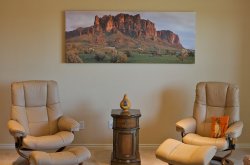Hi everyone, hopefully their some one can spread some light on my slightly strange and confusing issue!
I had a D70 and D40 both produce beautiful raw images especially noticeable when viewed at 100% crop in aperture.
I actually switched back to Nikon after a flurry with a 450D. I missed the beautiful film like grain (Noise) that made every picture so appealing and naturally beautiful.
Canons out put seemed to me a bit to cold flat and clinical and lacked atmosphere to the images.
So I was expecting the same image quality and characteristics from my new supper duppa 3d tracking D90, but find my self disappointed with the output.
I notice terrible artifacts and pixillation.
Am I doing something wrong? Is Auto iso messing with my images, or noise reduction? New CMOS Sensor vs CCD having an issue?
Please help because Im thinking the D80 may be what I should have bought as the images are markedly different.
I had a D70 and D40 both produce beautiful raw images especially noticeable when viewed at 100% crop in aperture.
I actually switched back to Nikon after a flurry with a 450D. I missed the beautiful film like grain (Noise) that made every picture so appealing and naturally beautiful.
Canons out put seemed to me a bit to cold flat and clinical and lacked atmosphere to the images.
So I was expecting the same image quality and characteristics from my new supper duppa 3d tracking D90, but find my self disappointed with the output.
I notice terrible artifacts and pixillation.
Am I doing something wrong? Is Auto iso messing with my images, or noise reduction? New CMOS Sensor vs CCD having an issue?
Please help because Im thinking the D80 may be what I should have bought as the images are markedly different.




